Perge Ancient City or Perga was originally an ancient Lycian settlement that later became a Greek city in Pamphylia. It was the capital of the Roman province of Pamphylia Secunda, now located in Antalya Province on the southwestern Mediterranean coast of Turkey. Today Perge Ancient City ruins lie 15 kilometres (9.3 mi) east of Antalya.
It was the birthplace of the Greek mathematician Apollonius of Perga, one of the most notable mathematicians of antiquity for his work on conic sections. A unique and prominent feature for a Roman city was the long central water channel in the centre of the main street which contained a series of cascading pools and which would have been remarkable even today in a semi-arid area where summer temperatures reach over 30 degrees Celsius.
Perge Ancient City Monuments
Excavations started in 1946 and have uncovered many monumental buildings: a theatre, a stadium, palaestra, a temple of Artemis and two churches. The temple of Artemis was located outside the town. Many of the coins struck in the city portrayed both the goddess and her sanctuary.
The Hellenistic walls date from the 3rd c. BC and had 3 gates. The south gate is particularly monumental and includes 2 towers 3 storeys high with conical roofs and a horseshoe-shaped square behind. Under Hadrian in 121 AD, a triumphal arch was inserted into the northern wall of the courtyard and the facades were covered in precious marbles and decorated with columns and statues.
One of the most impressive monuments is the theatre which lies outside the walls near the stadium. It is larger than those of Myra and Patara.
The south baths created in the 1st c. AD is one of the best preserved buildings and is noteworthy for its size and monumentality, and for the large collection of sculptures found there.
Perge has been dubbed as “Turkey’s second Zeugma” for the alluring appearance of the mosaics that have been unearthed so far. In 2003 archaeologists discovered well-preserved Greek mosaics showing Oceanus and Medusa. In 2017 a mosaic depicting the sacrifice of Iphigenia was discovered.
Perge Ancient city was eventually supplied in the Roman era by 2 aqueducts. The Kursunlu aqueduct was 11 km long and probably built to supply baths from close to the Kursunlu waterfall. A later aqueduct of 21 km length used a greater flow from the Duden river near the Dudenbasi waterfall.
Perge Ancient City had at least 6 nymphaea, the most striking being the northern, or “Hadrian’s”, nymphaeum (about 122 AD) and the southern nymphaeum in the square of Septimius Severus (end 2nd to early 3rd c. AD). Hadrian’s nymphaeum was beautifully decorated with numerous sculptures including the river god Cestrus under whom water cascaded. It is located at the edge of the acropolis to capture the outflow of the abundant water supply and from there fed the channel that flowed through the city. The southern nymphaeum faces the courtyard of Septimius Severus and is next to the propylon (monumental entrance) of the southern baths whose hydraulic system provided it with water.
A full-body statue of a dressed female was revealed by archaeologists headed by Sedef Cokay Kepçe in 2020. The statue, believed to have been made during the Roman Empire, will be on display at the Antalya Museum.

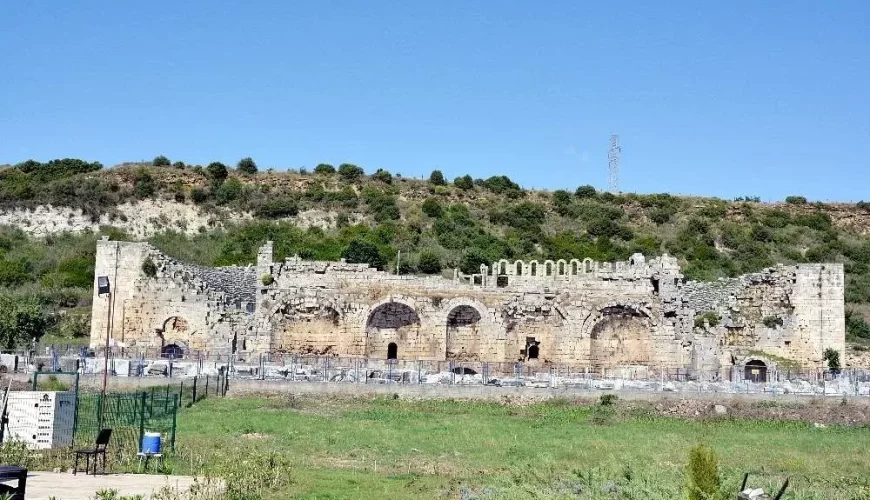
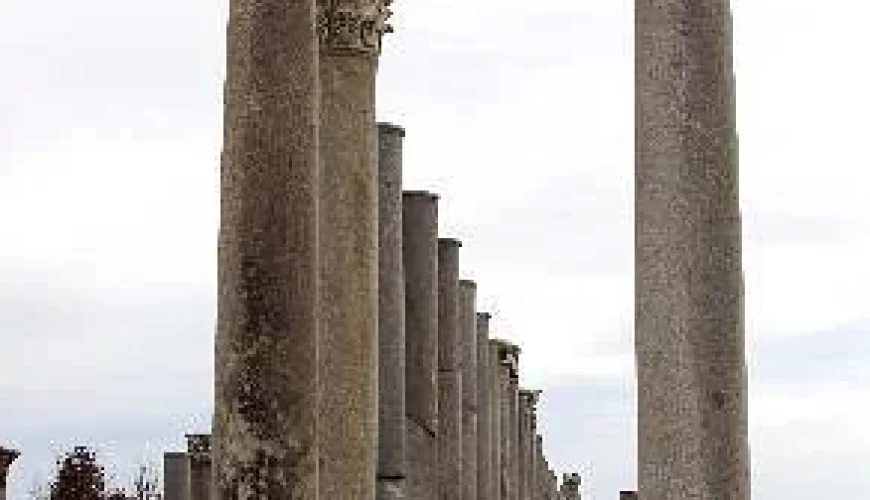

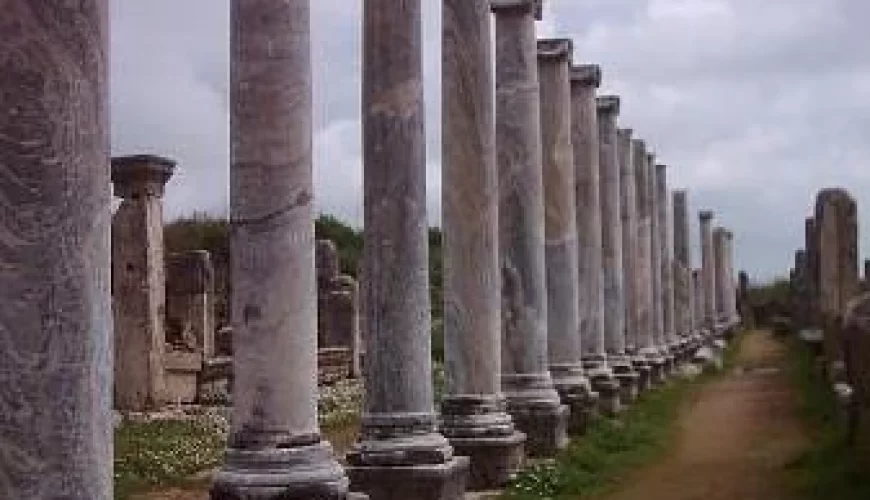
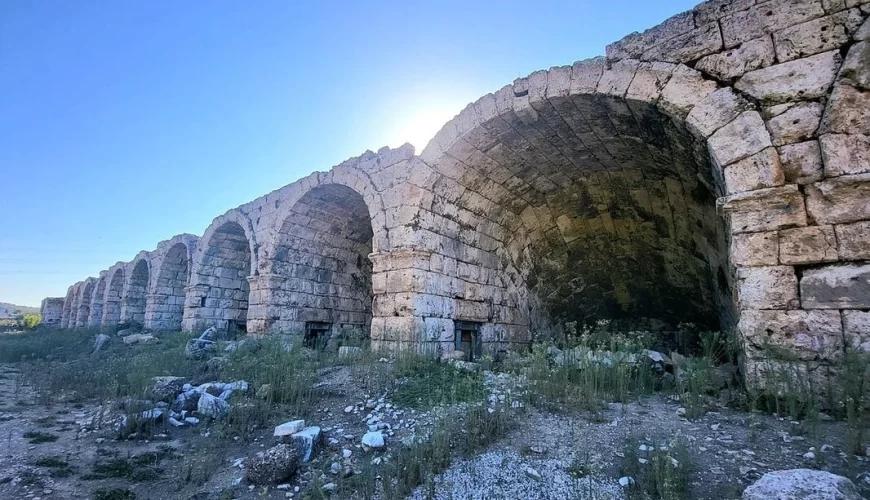
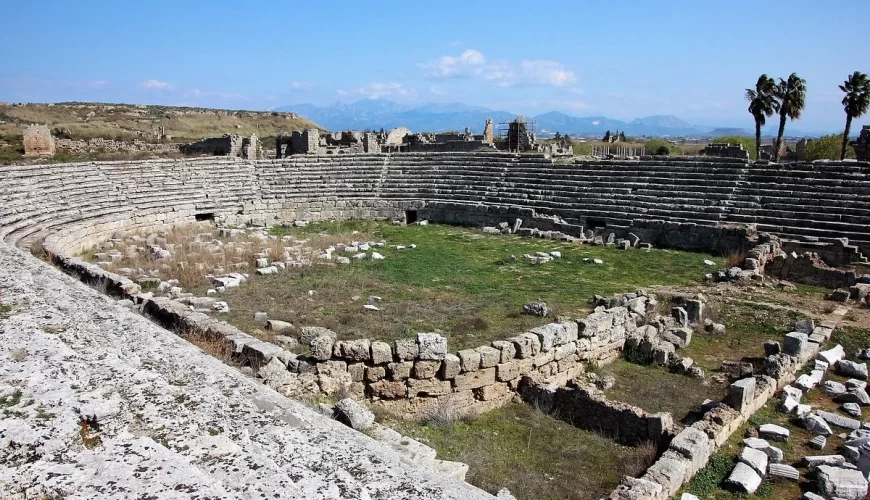

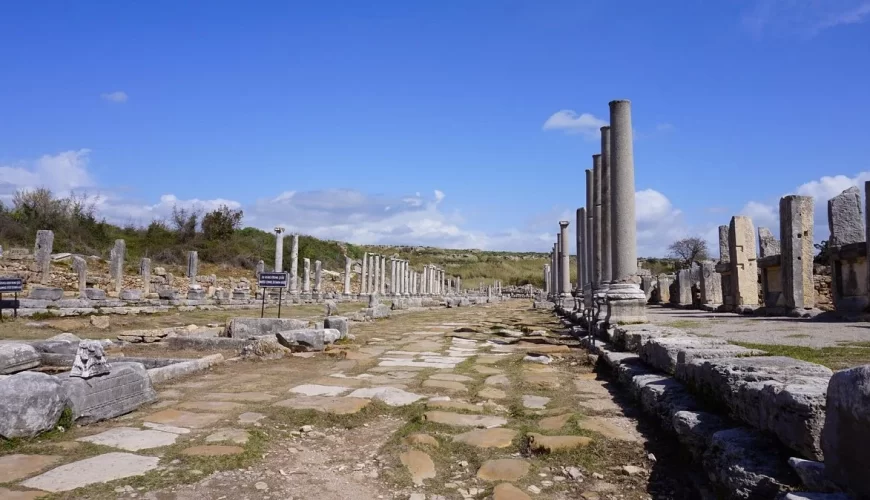
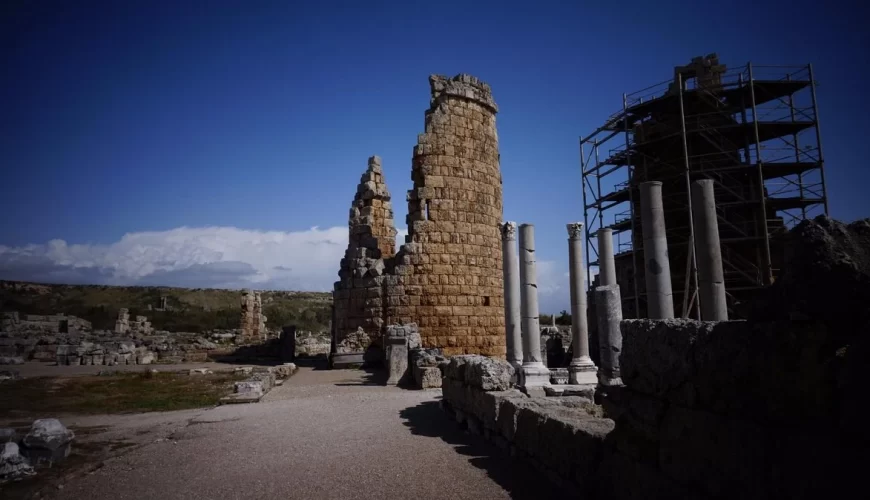
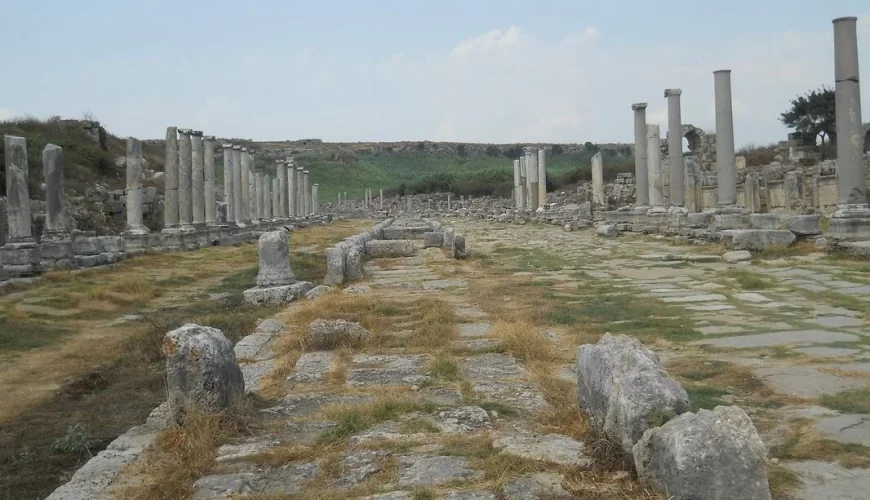
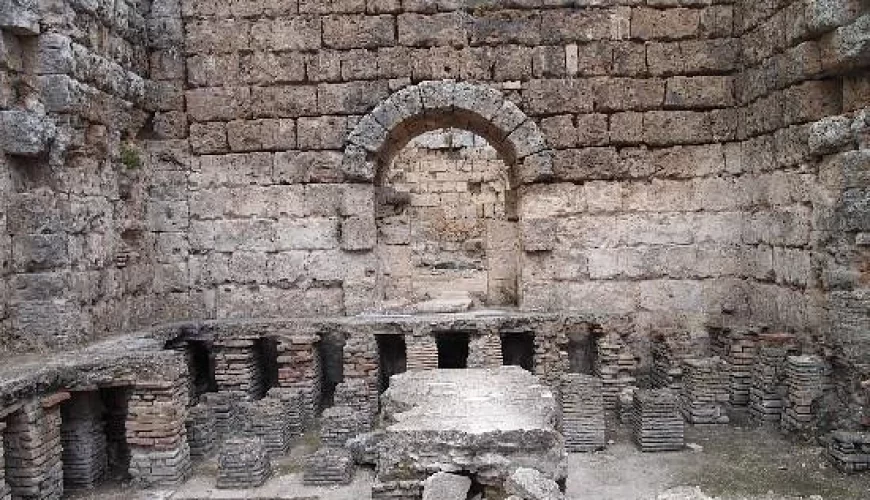
Comment (0)